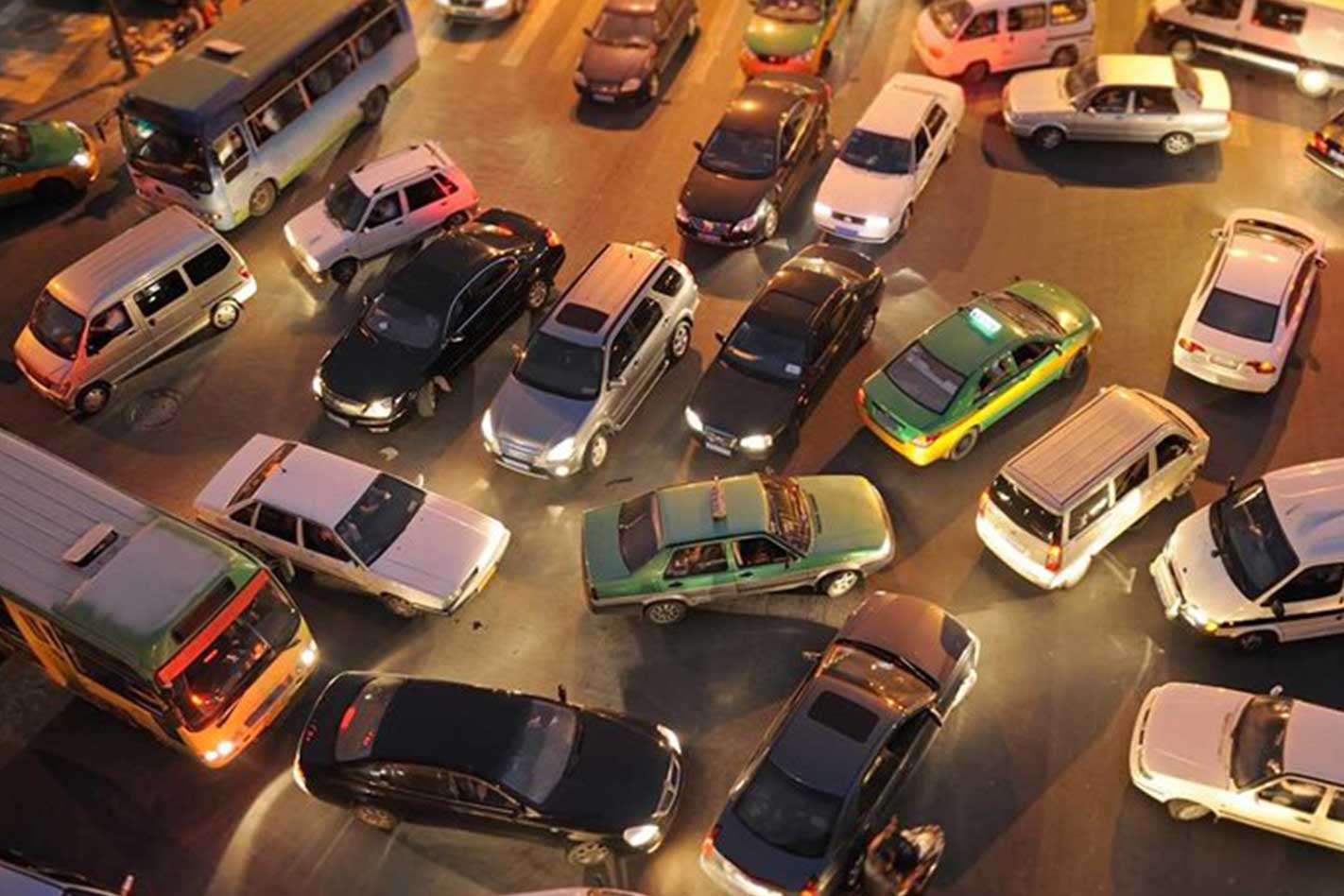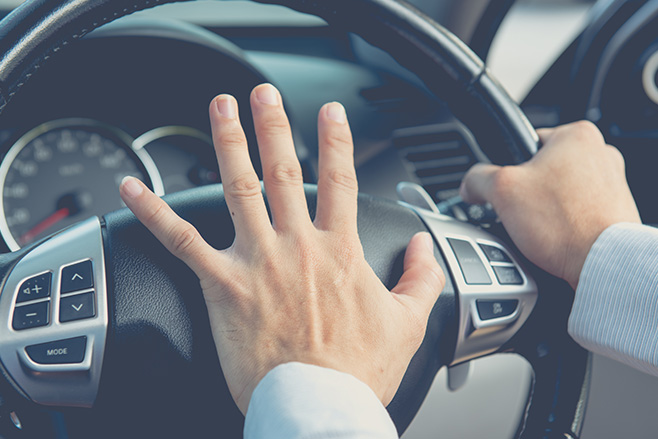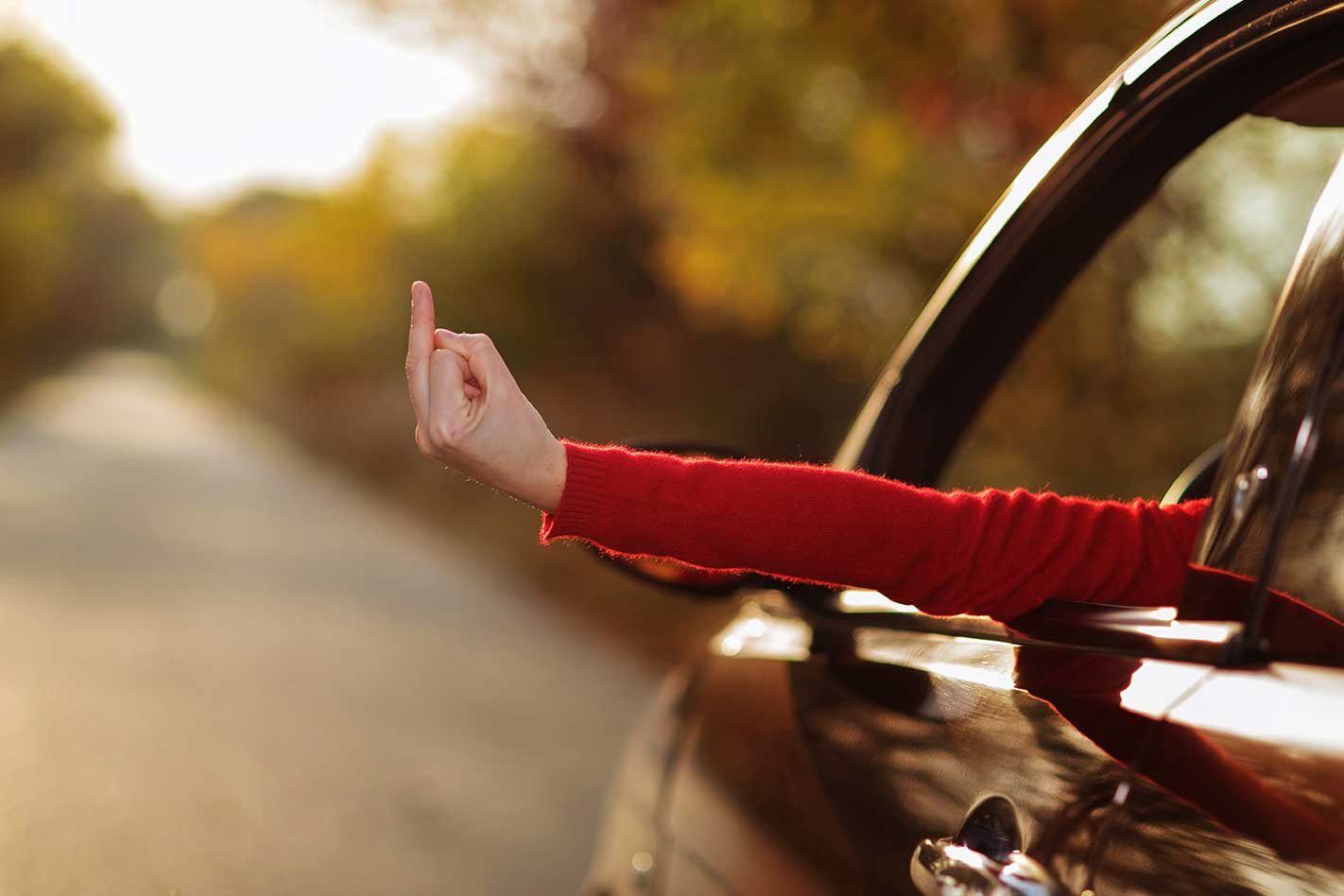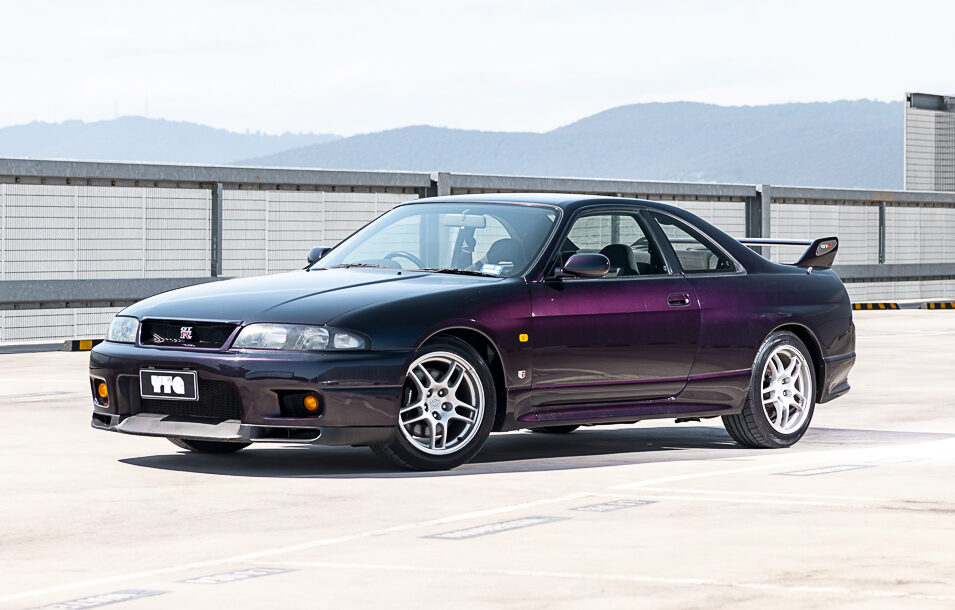Five fingers. Fist. Five fingers. Fist.
It seemed pretty clear to me, an improv hand-signal for the VW Caddy driver coming towards me, that he had his hazard lights on. It was the best I could come up with on short notice, and I maintain that it’s a pretty good imitation of a blinking blinker.

Although I suppose it could have looked like I was threatening to punch the guy five times, or just that I was flamboyantly listening to show tunes. (Jazz hand! And again!). Certainly the bloke gave me a peculiar look as he drove past. Not a jazz fan, probably.
There’s a surprisingly small number of widely accepted hand signals while driving. There’s the arm out the window for turning right, or the upright arm for stopping, but who uses those anymore? Anyone driving around in a heap without working brake lights is probably using their spare hand to hold a Winnie Blue and a can in a paper bag anyway.
Offhand (as it were) I can only think of two hand signals still in common use: the thank you wave (which is cruelly underused), and a less friendly single-digit one (which is usually used in conjunction with verbal communication anyway).
There’s a couple of car signals most people would recognise. Flashing your highbeams says “there’s a cop ahead”, and using your blinkers before you turn says “I’m not from Sydney”. Most car-to-car communication is done via the horn, which is not an instrument of subtlety – pretty much just a long honk for “You’re a dickhead”, and a short toot for “You’re a dickhead, but I can see you’re bigger than me.”

For a system that relies so heavily on cooperation between strangers, it’s sort of amazing that there’s not more signing in the driving ecosystem. A car sign language. Maybe it’s time we introduced one.
A few I’ve used in the past, to varying degrees of success are: a vertical rolling-hand motion for “Go, for God’s sake.” This is sometimes used in conjunction with a horizontal rolling-hand motion, meaning “It’s a roundabout, how come you don’t know how to use a roundabout”, followed by cradling-the-face-in-the-hand for “How do you even have a licence if you can’t use a roundabout, what is the world coming to, Jesus give me strength.”
On suburban streets, thickly layered with parked cars on both sides, a disappointed and long-suffering shake of the head tells the oncoming Volvo XC90 driver, “Just because you’re not confident keeping that thing on your side of the road doesn’t mean you get the whole road.”
And, closely related, a loose fist, gently oscillated up and down at the wrist, says “Just because you’re in a Mercedes doesn’t mean you get the whole road by default.”
On a road without a passing lane, you may need a quick blast of the horn to get the attention of the driver in front; then, an index finger, pointed urgently and repeatedly at one of their rear tyres, means “God you’re slow and I had to find some way to get you to pull over so I could escape your sad stinkcloud of mediocrity.”

An open palm applied sharply to the forehead means, “How many times are you going to try this reverse park before you acknowledge the space is smaller than your car?”. Or, depending on context, it might mean, “Why did you put a spoiler like that on a Pulsar?”
Not all signs need to be seen to be understood. One sign you’ve probably used yourself involves a horizontal, waist-high dogleg motion with your left hand, and a left-then-right shimmy with your right hand, coupled with sharply pointing your right toe, and says clearly to all: “So long, losers, the overtaking lane is here at last.”
Okay, maybe most of my car sign language is a little passive-aggressive. (I’m-sorry wave.) Get in touch and let us know what car sign language the modern world needs instead. (Thank you wave!)
Oh, and the hazard light guy? I saw in my rear-view mirror that he turned his flashers off. Maybe it was just coincidence, but I like to think it was so he could hear over the clicking what show tunes I was listening to. Mission accomplished.




